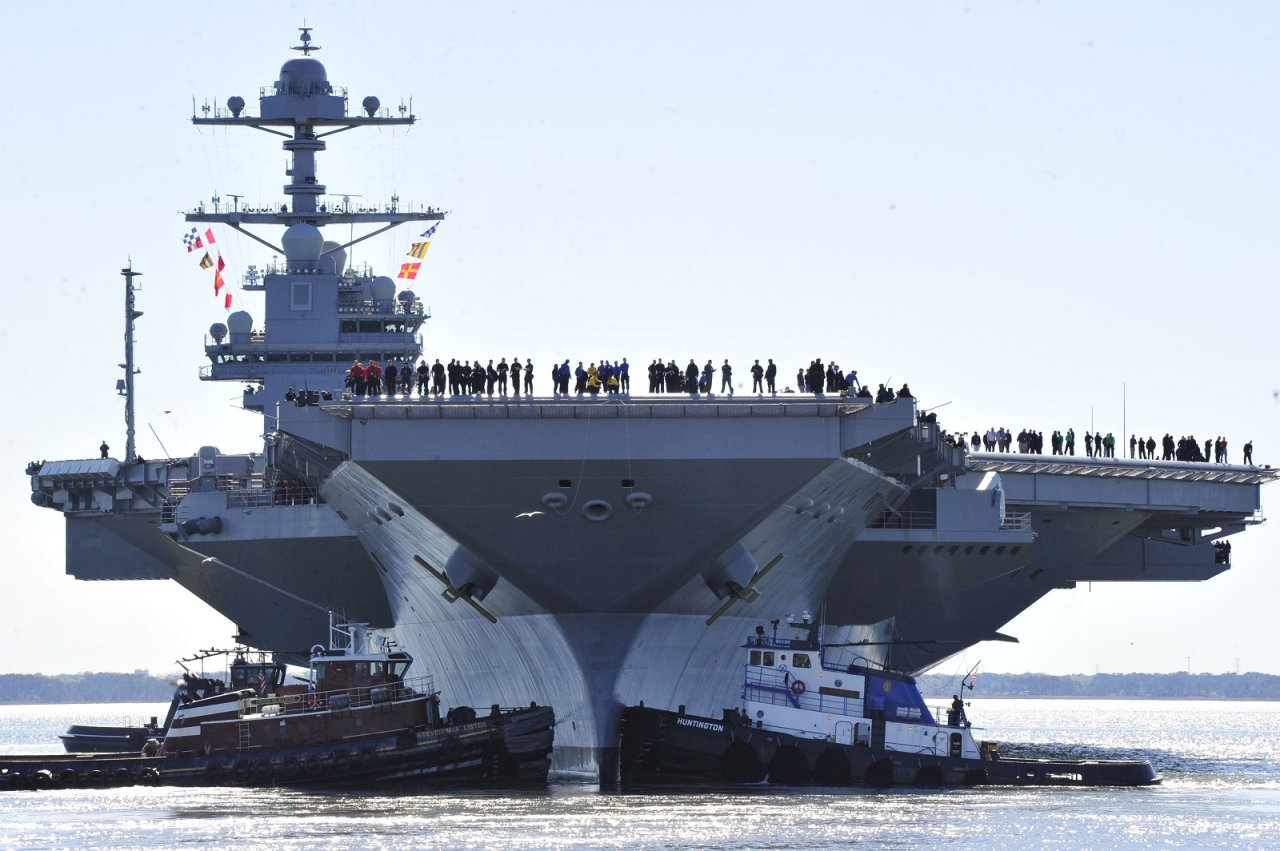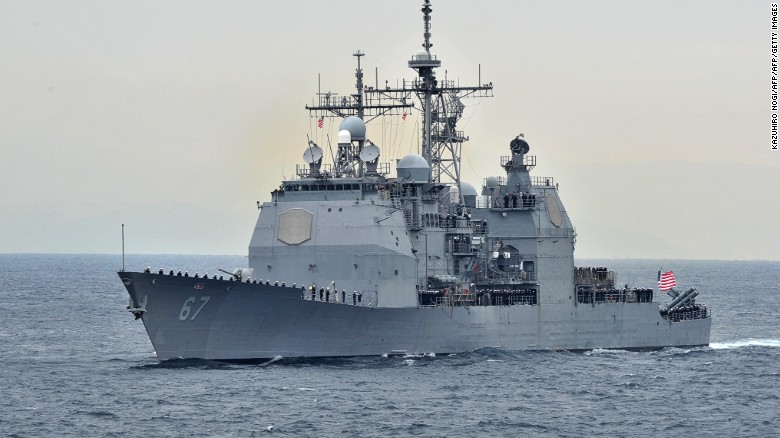Introduction
For my final passion blog post, I will be talking about the remaining warfares that are available for me when I graduate and earn my commission. However, these last two are some of the most difficult and elite groups in the entire United States armed forces. Only a few students are selected each year for both Seals and EOD. This week I will briefly cover what these groups are, why they are so elite, and how one can join them.
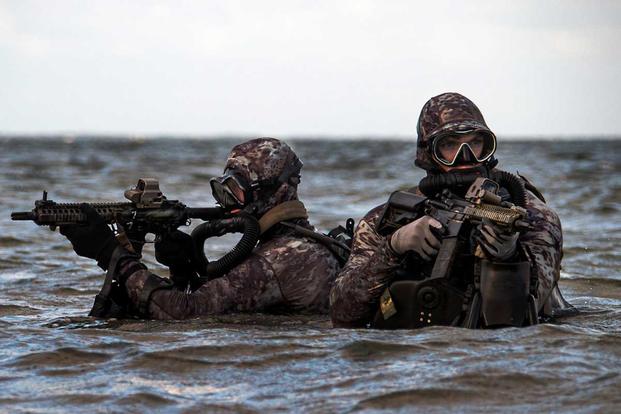
SEALS
SEALS are one, if not the most elite group of special warfare soldiers in the world. SEALS stand for the United States Navy Sea, Air, and Land Team. They are the United States primary special operations force and part of the Navy’s Naval Special Warfare Command. They were created in 1962 by John F. Kennedy and SEALS are trained to work in difficult environments such as the jungle, arctic, desert, and mountainous regions of the world. Their job is to gather important intelligence, capture dangerous criminals or terrorists and eliminating high level targets. They are well known for killing Osama Bin Laden in 2011. As of 2019 all Navy SEALS are men although women are allowed to train to become SEALS.

Training
Training to become a SEAL is one of the hardest tasks in the world and many candidates drop out early on in the process. Anybody can volunteer to become a SEAL and can enter training after passing basic screening, medical tests and basic education tests. Before attending BUDS (Basic Underwater Demolition School), candidates must pass the SEAL physical training test which consists of pushups, sit-ups, swimming, pull-ups, and a 1.5 mile run. After passing this test candidates will attend Naval Special Warfare Preparatory School in Great Lakes, Illinois. For 8 weeks candidates will learn about the physical requirements they must meet and must pass longer more difficult physical tests. After passing this session, candidates will head to BUDS for 24 weeks.
BUDS + More Training
BUDS is split up into many different phases to test a variety of mental, physical and leadership skills. Indoctrination lasts 3 weeks and introduces the candidates to the difficulties they are going to face in the upcoming weeks. Phase 1, which lasts 7 weeks, is a physical conditioning phases that gets harder and harder as the weeks go on. Week 3 is “Hell Week” where candidates sleep at most 4 hours the whole week, run more than 200 miles, and do physical training for more than 20 hours per day. Many candidates drop out during this phase due to its difficulty. Phase 2, which lasts 7 weeks teaches candidates how to be combat divers and swimmers where they learn SCUBA and must complete many timed mile swims Lastly, phase 3 lasts 7 weeks and is land combat training. Here candidates learn basic weaponry, navigation, patrolling, and land tactics. After BUDS, candidates will attend parachute jump school for 3 weeks. Finally, successful candidates will attend SEAL qualification training for 26 weeks where they will learn the specifics of becoming a SEAL, receive tactical training as well as cold weather combat training. While SEALS can receive specialization training after this, this marks the point where candidates earn their SEAL pin and can deploy as a SEAL for the first time.
EOD
EOD is another very difficult and elite group within the Navy. EOD stands for Explosive Ordinance Disposal and is responsible for safely disposing chemical, biological, and nuclear bombs or mines that are on land and underwater. Their job is to be able to locate these mines and destroy them so that U.S. Navy ships as well as commercial ships do not hit them which could destroy the ship as well as create many casualties. EOD specialists work in a variety of climates, must be excellent SCUBA divers, and must also learn to parachute and operate small boats. EOD originally goes back to WW2 but was used more often in the Vietnam War and is used often today in the Middle East along Somalia and other hotspot regions with piracy and terrorism.

EOD Training
EOD training starts with 8 weeks at Recruit Training Great Lakes (where I went last summer) and 3 weeks of the Naval preparatory school similar to SEALS where they learn advance swimming techniques. They will also receive 9 weeks of diver training, 42 week of Basic EOD school where they will learn the majority of their necessary information and training, and later they will receive a few weeks of parachute and tactical training. It seems to be the longest training as compared to any other path, most likely because of how technical it is.
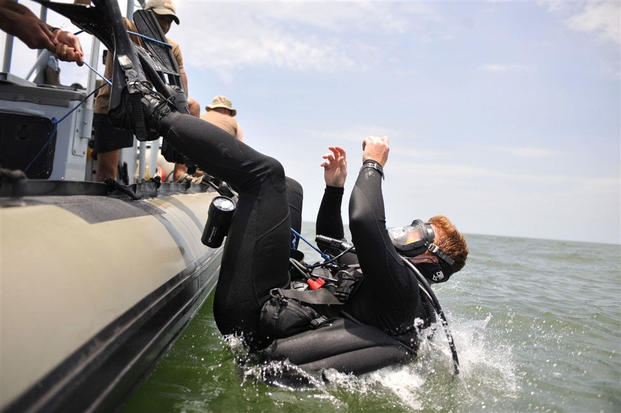
My Thoughts
SEALS AND EOD’s are some of most brave and courageous men and women in the country. They have an extremely difficult job and risk their lives everyday to protect Americans. I don’t believe I would want to do special warfare mainly because I don’t believe I am physically qualified but also because it is extremely mentally challenging. While I will always support someone who wants to join special warfare, I think I would be happy doing aviation or surface warfare which is a much different pace but still a very interesting and important job.

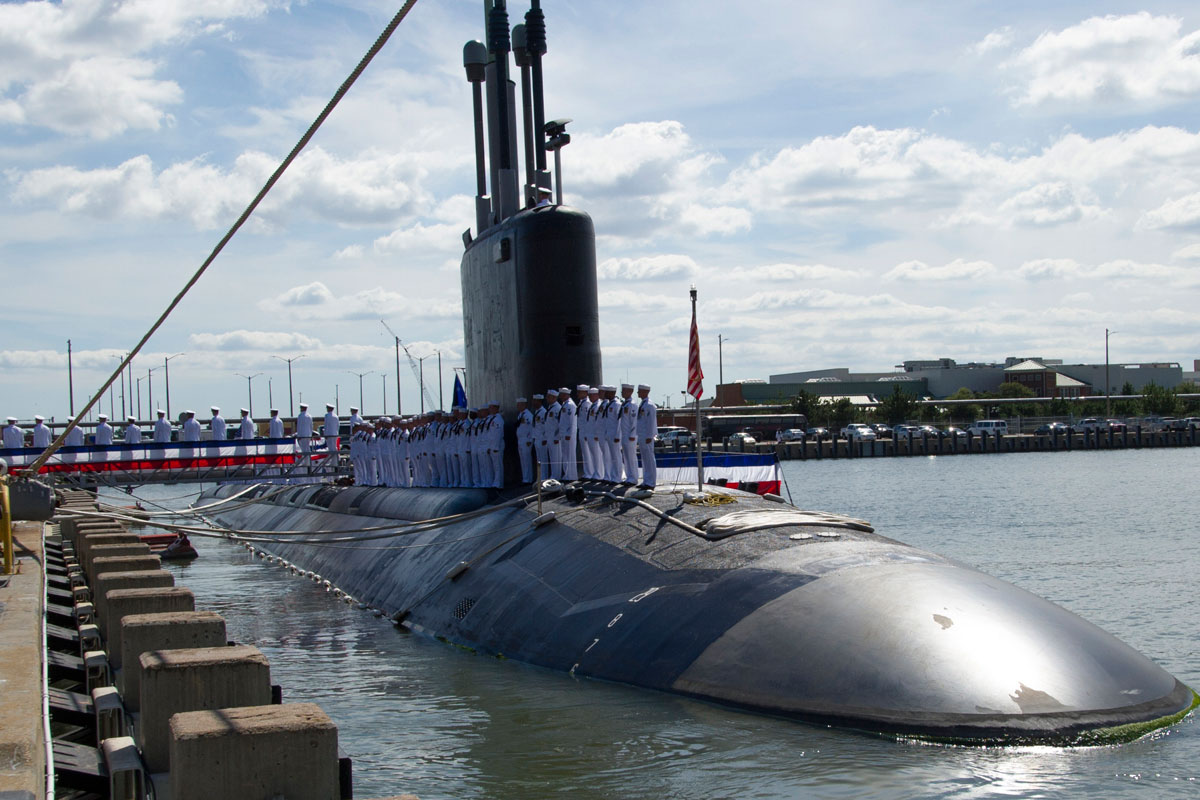
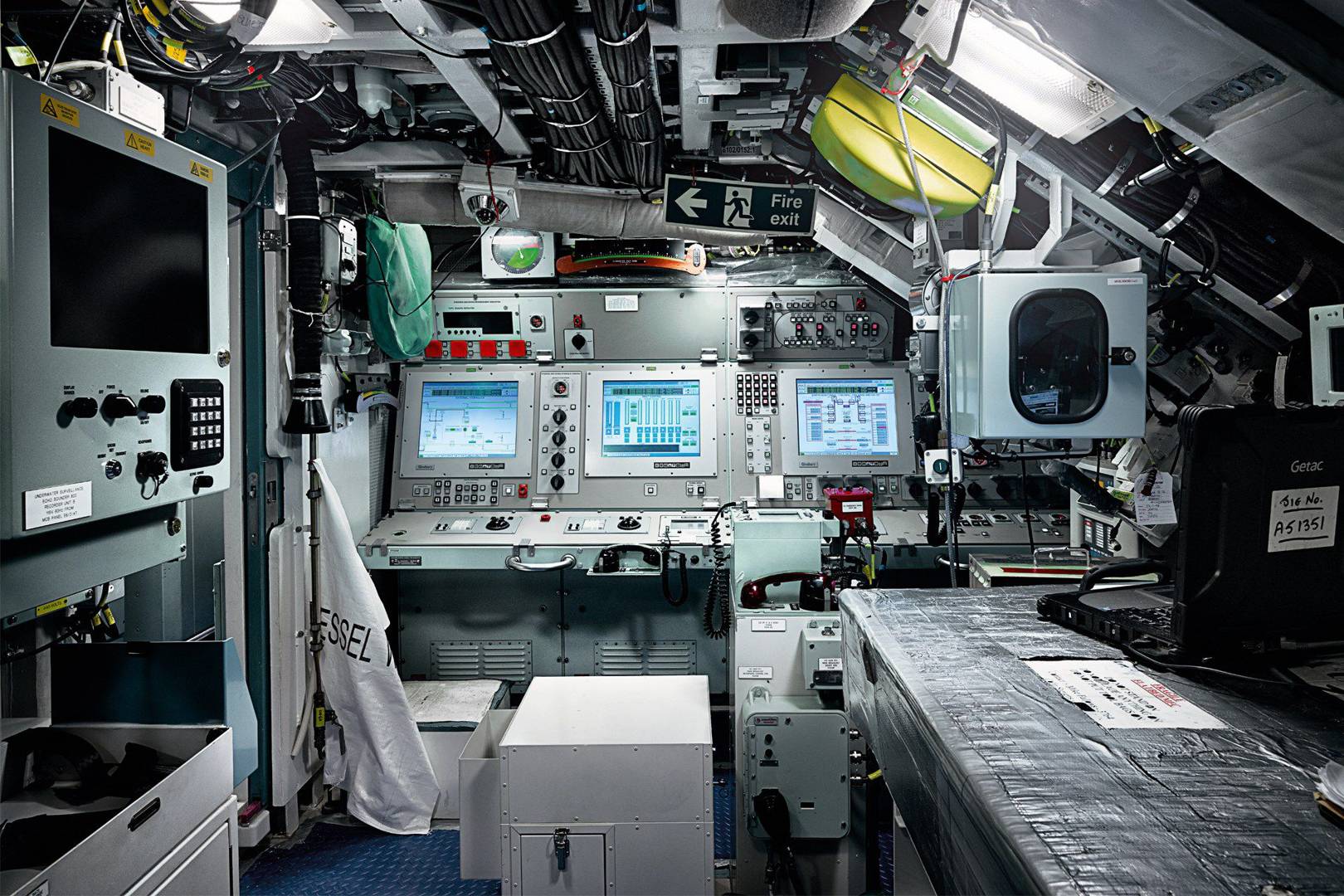
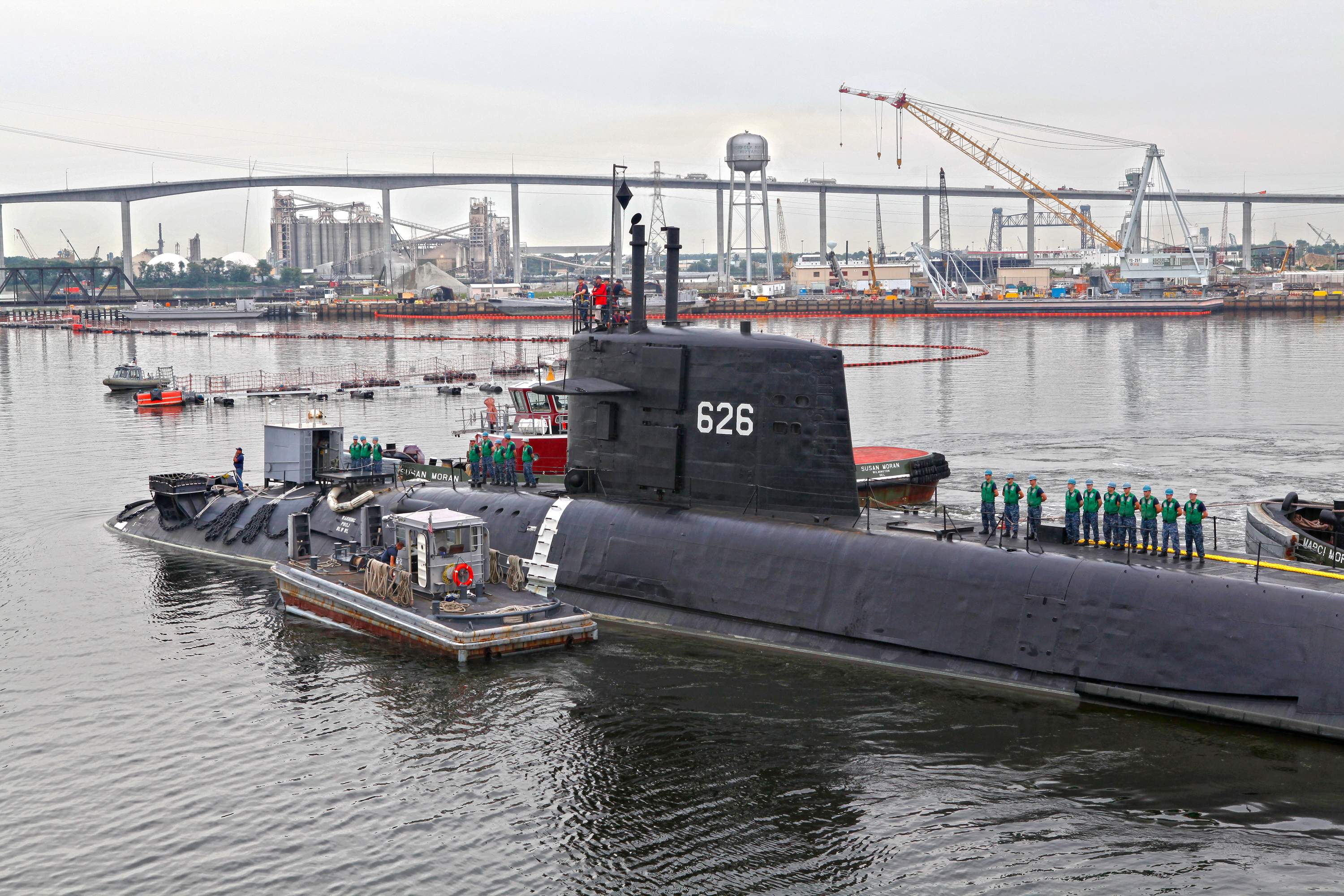
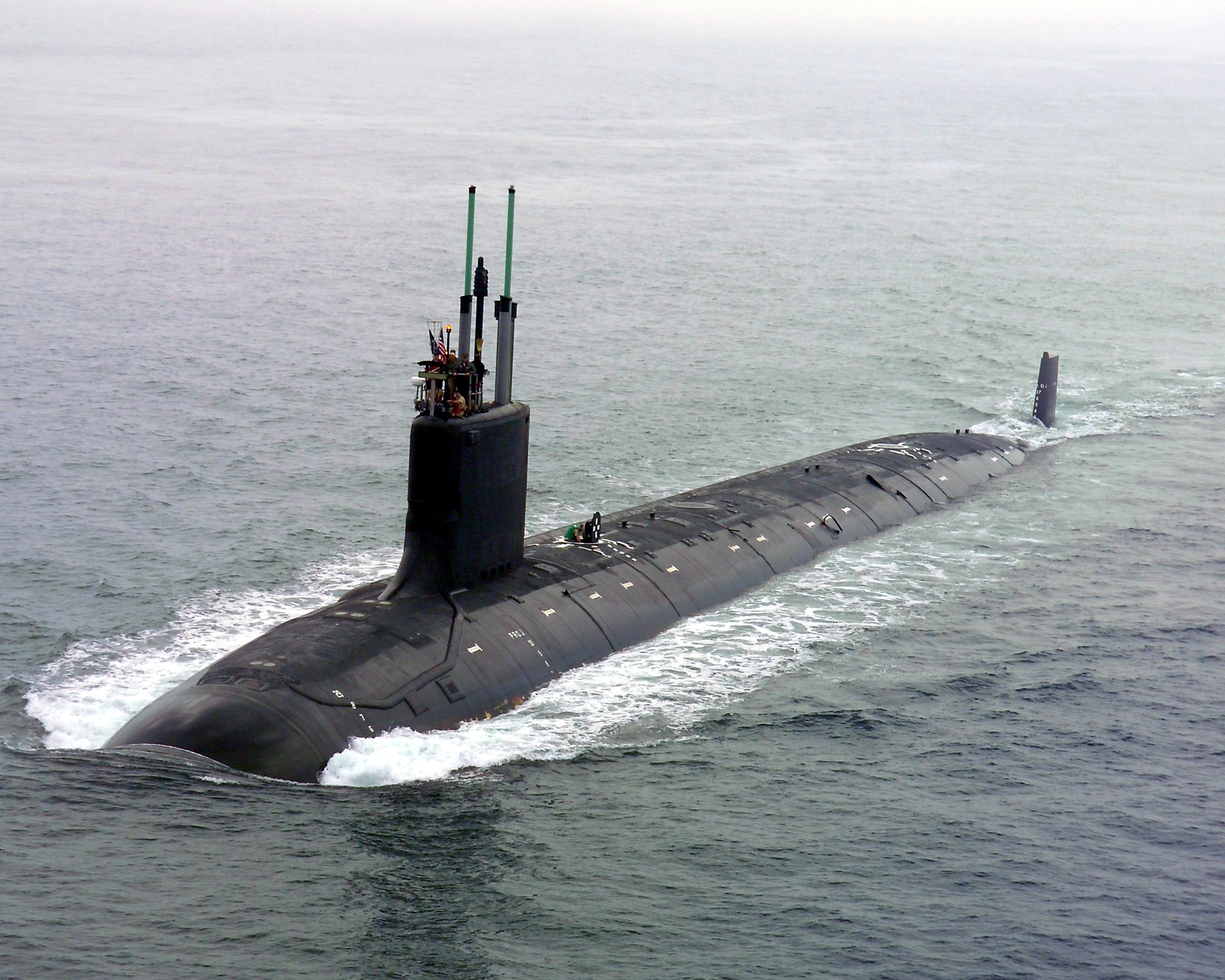
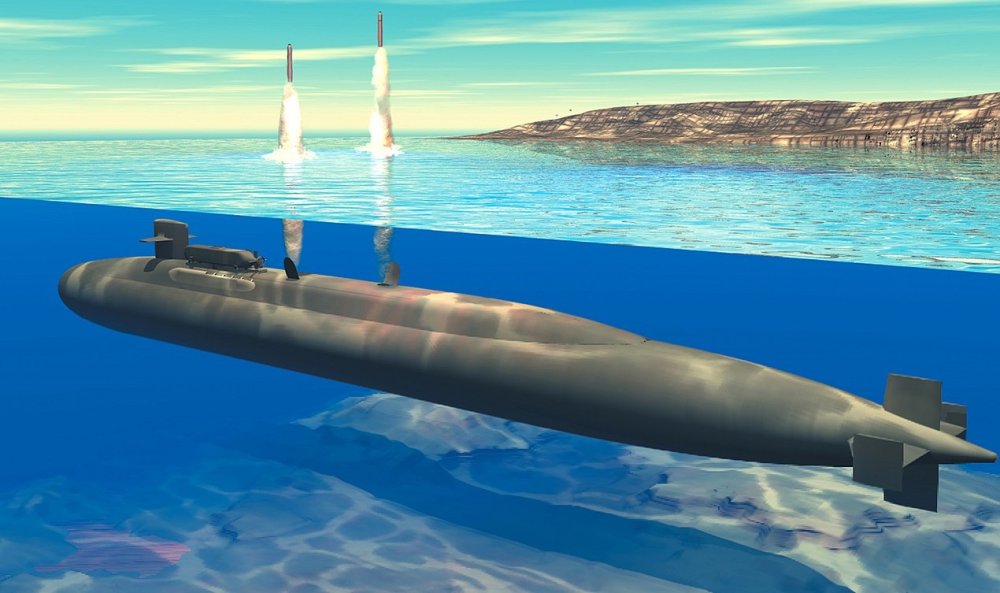

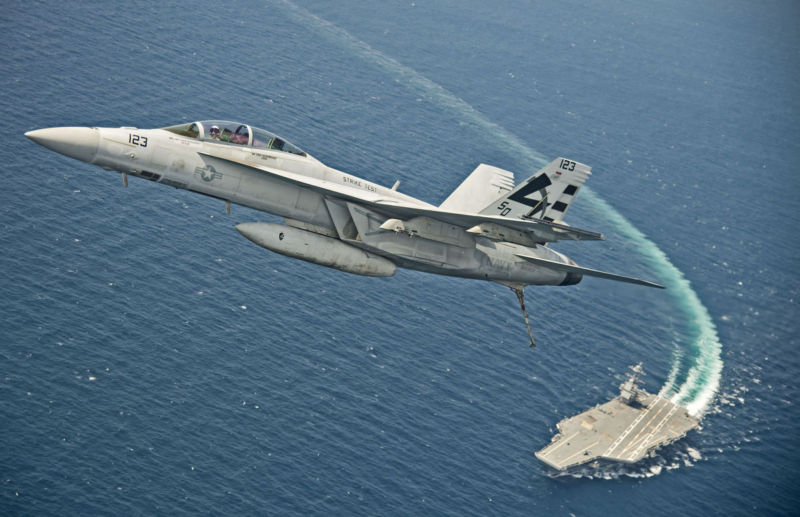
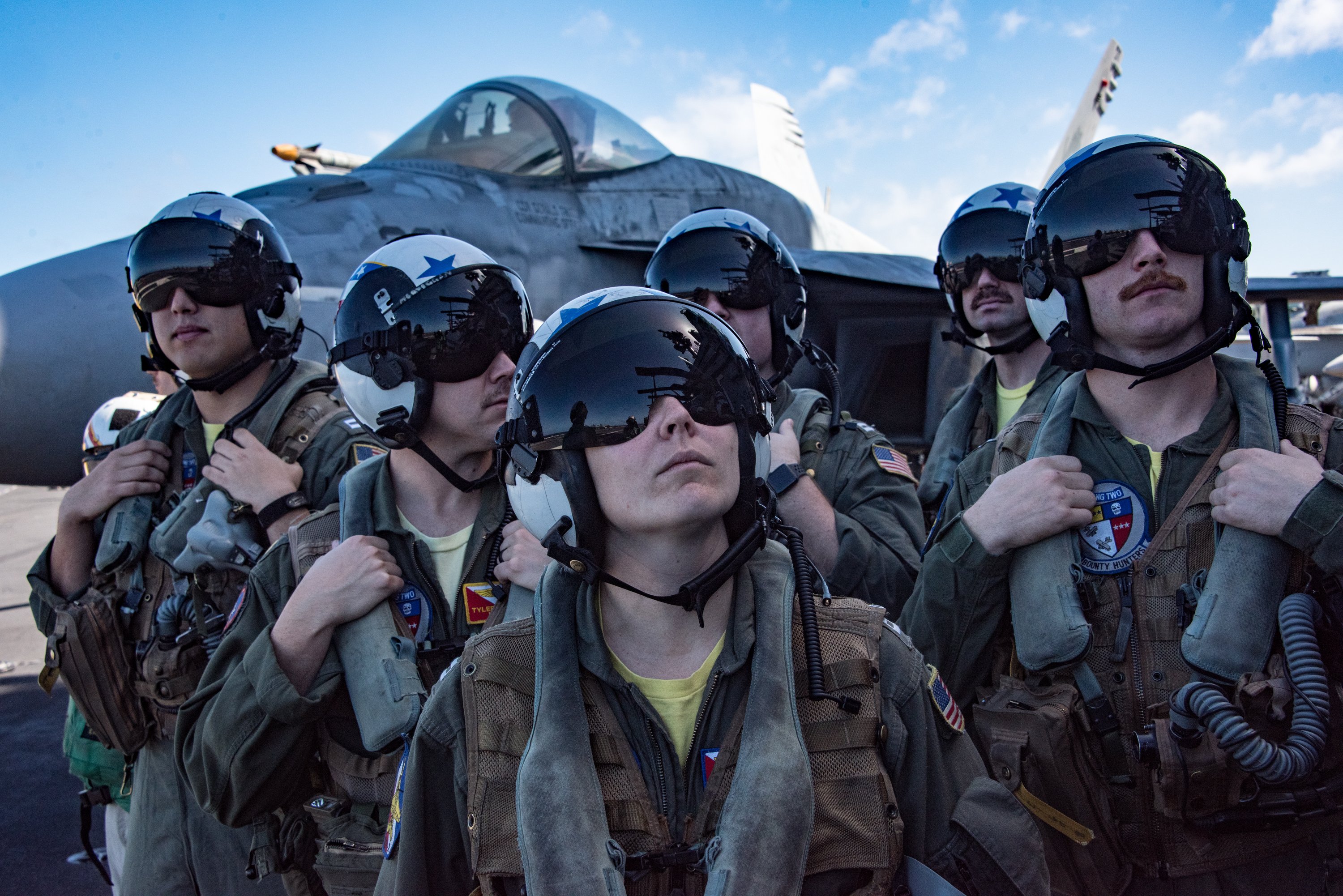


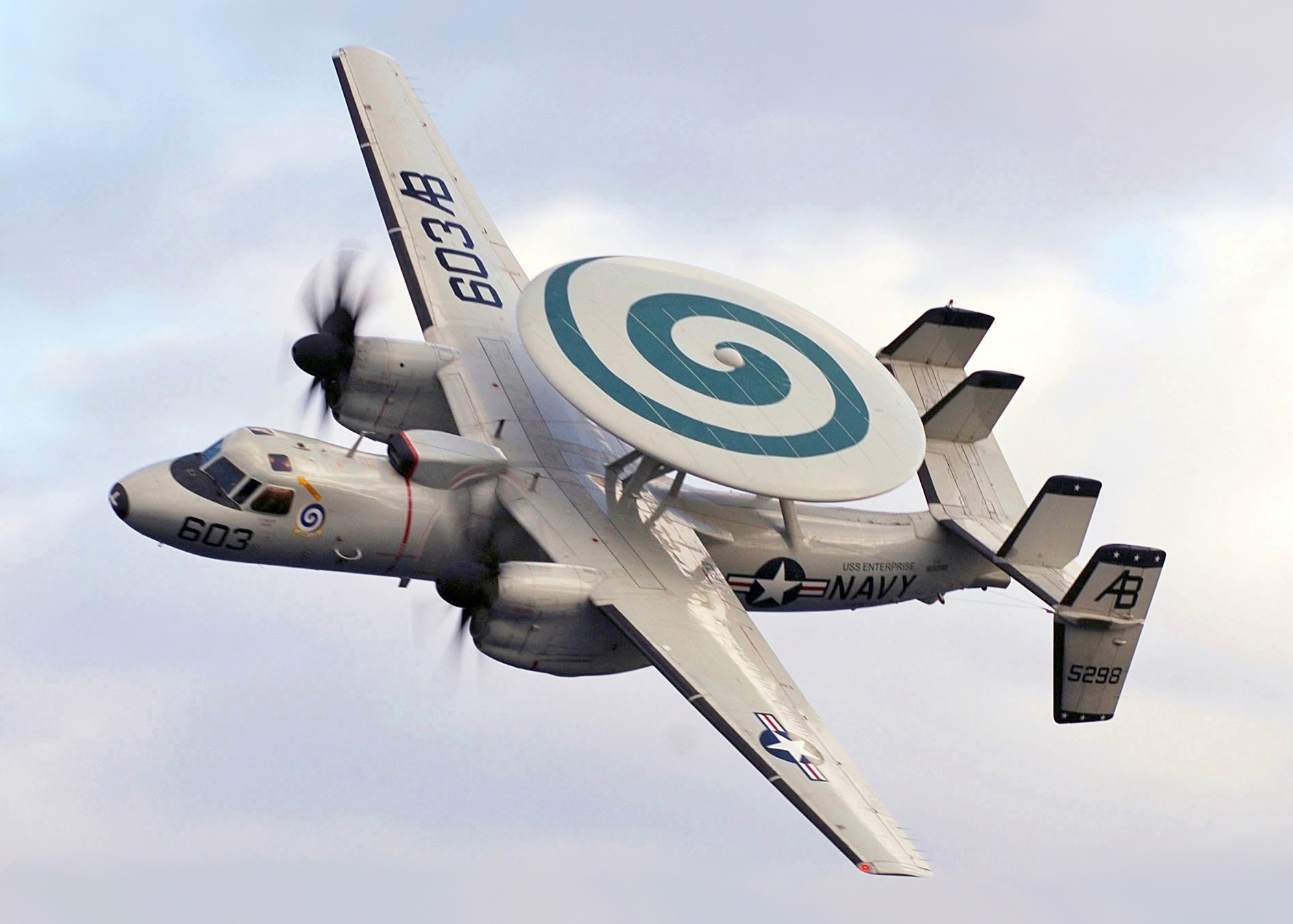



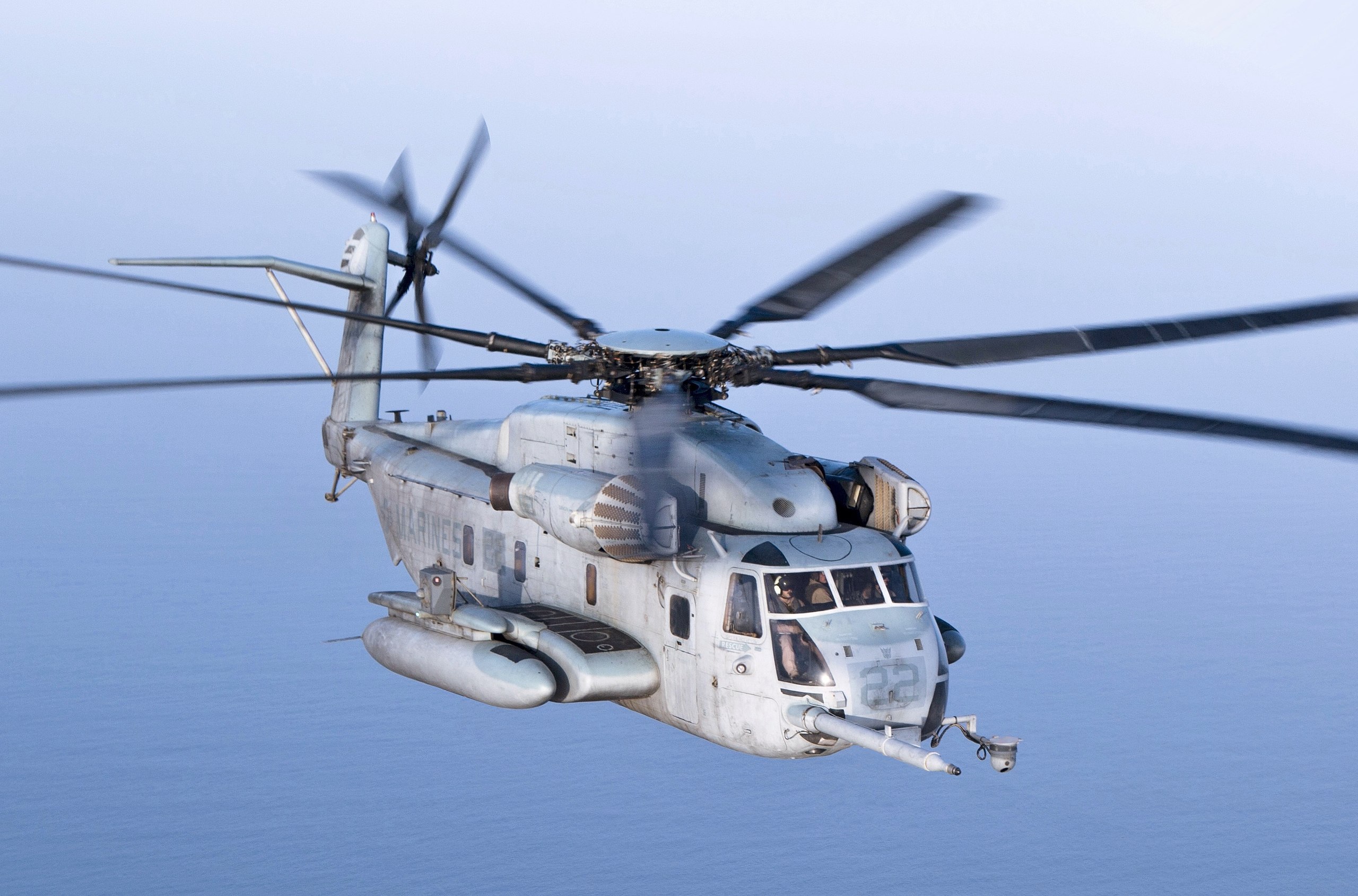
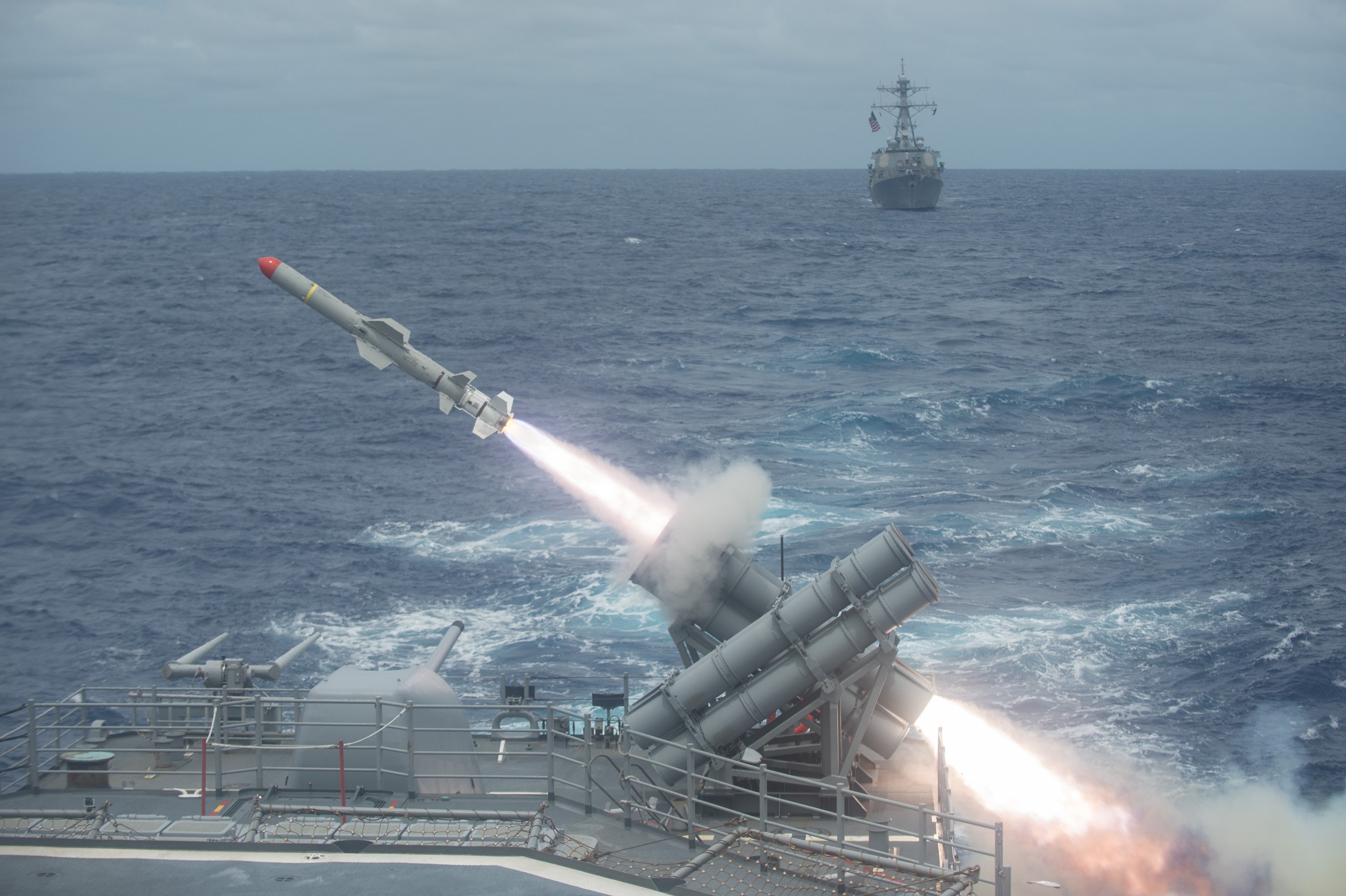

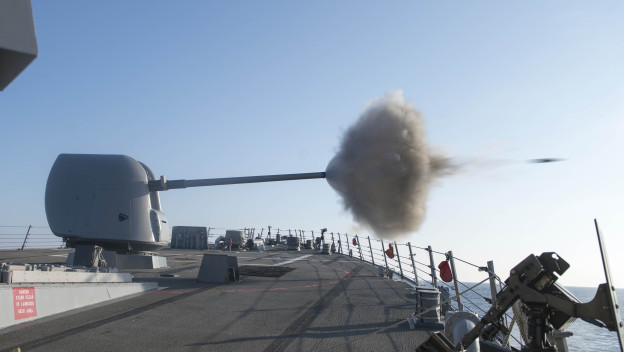

/arc-anglerfish-arc2-prod-mco.s3.amazonaws.com/public/J3Y7DTXNRZANHAR2DU63JEQBMI.JPG)


